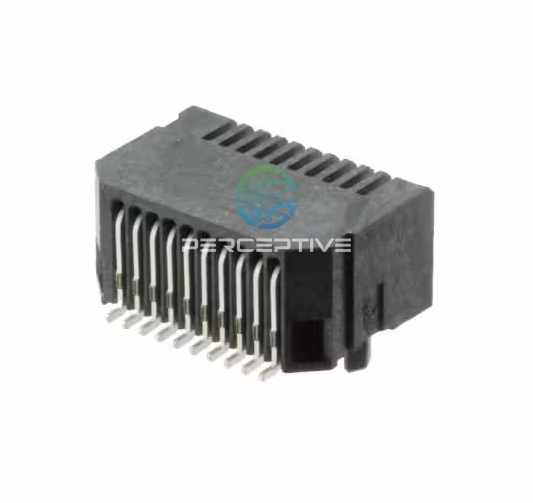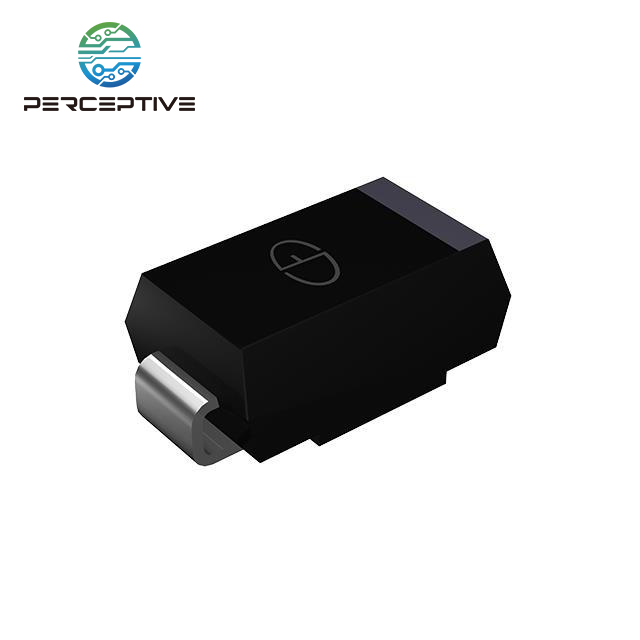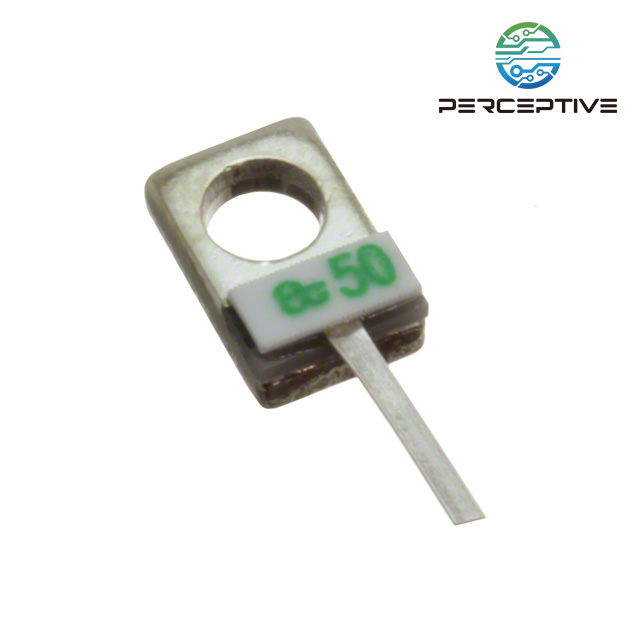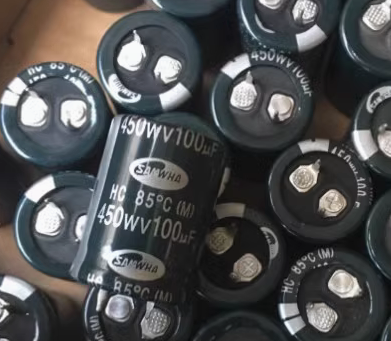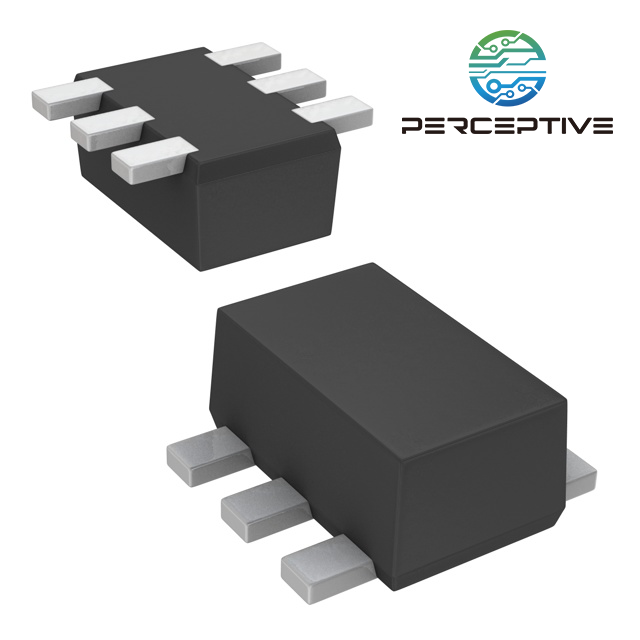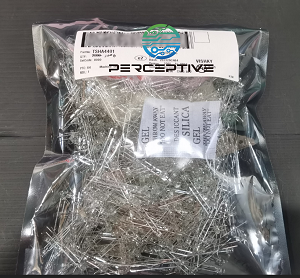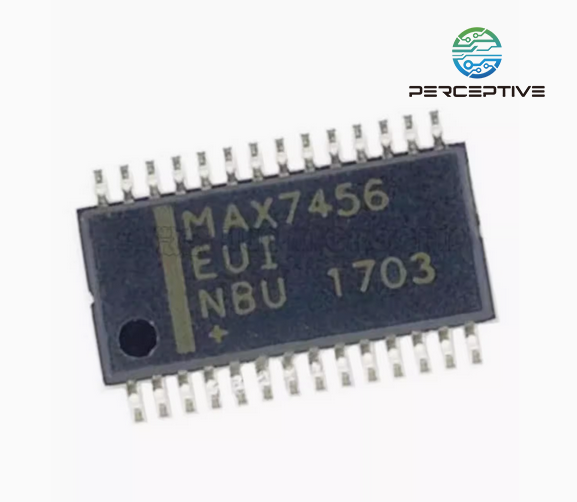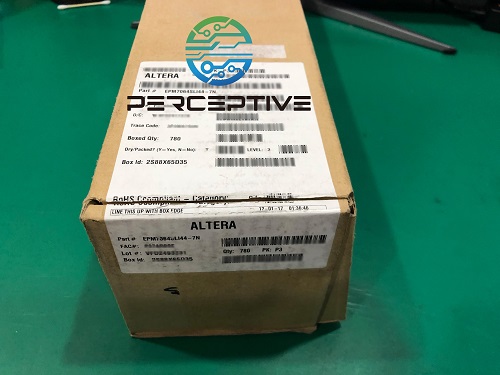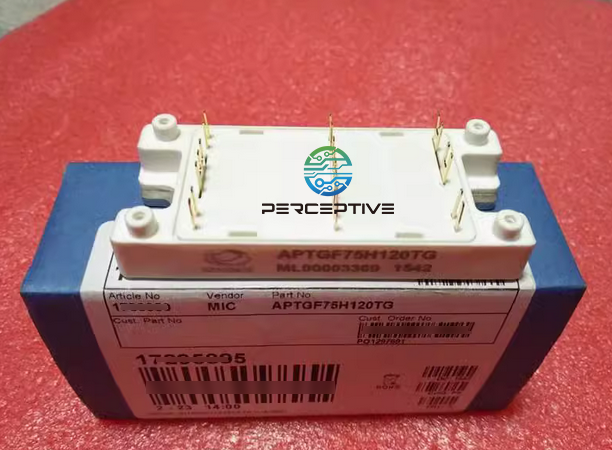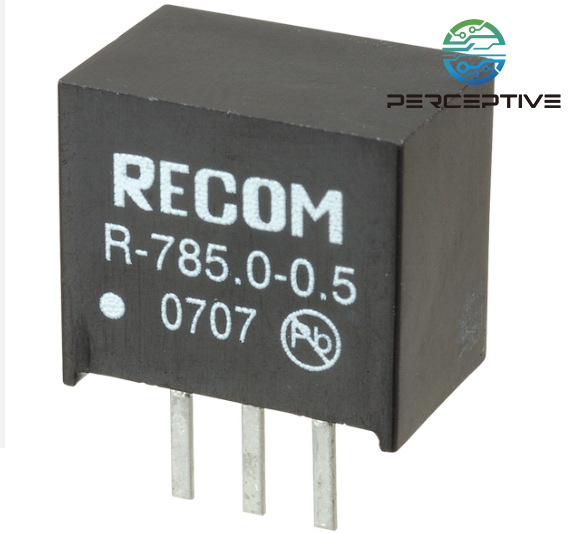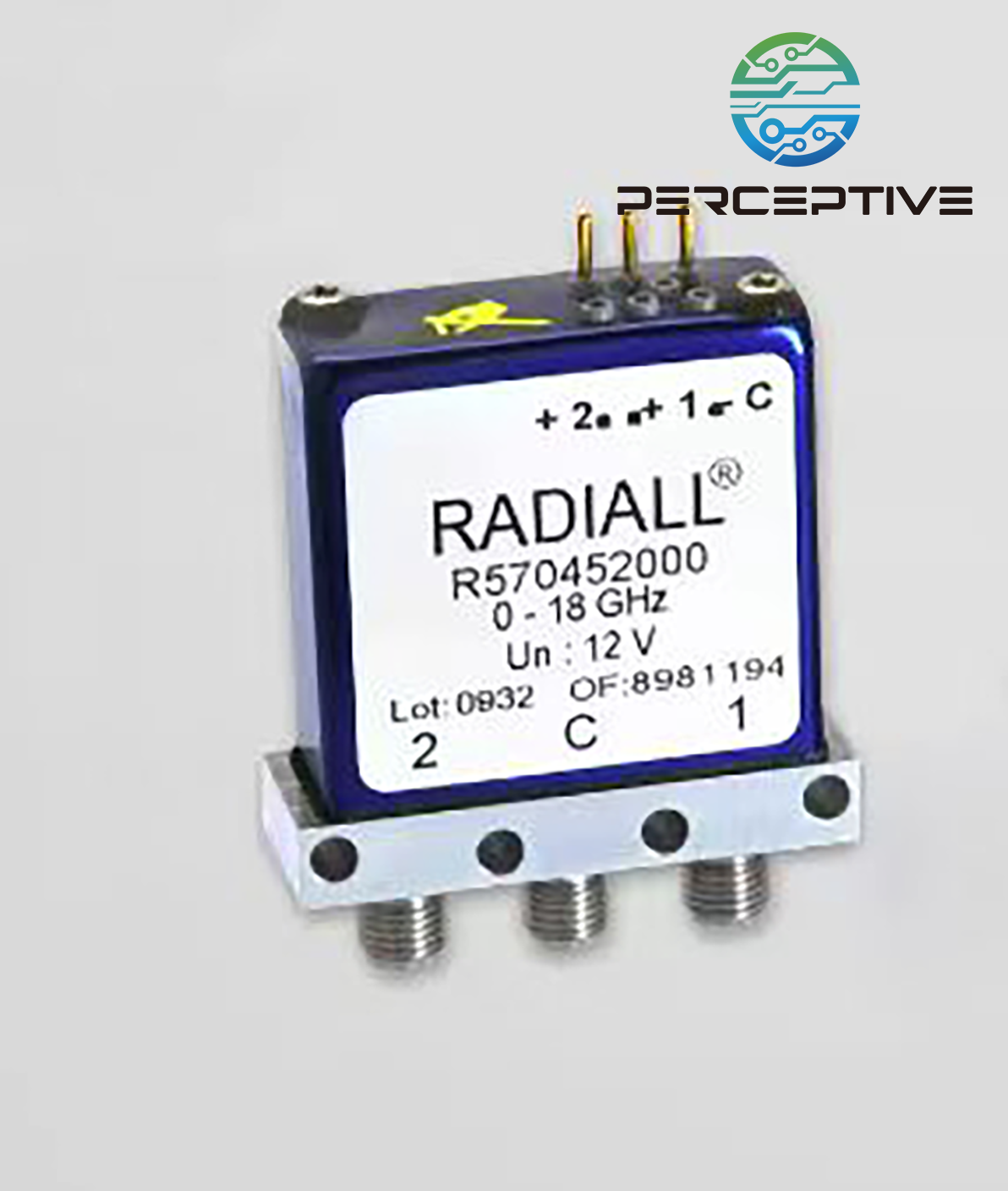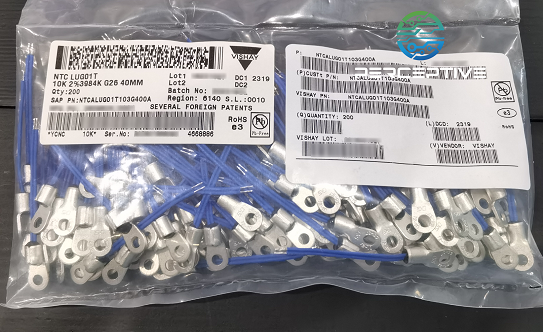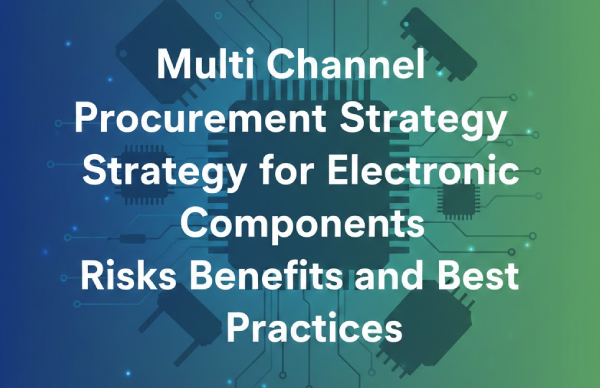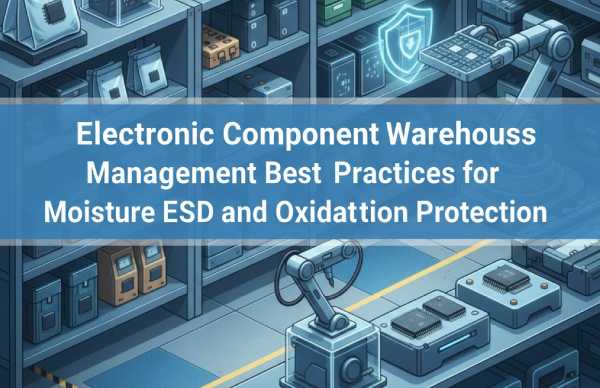When a legacy MCU, a discontinued connector, or a niche passive becomes the single point of failure for a product line, the problem isn't academic — it's operational. At Perceptive, we treat "hard-to-find" electronic components as a core competency. Keeping production running means combining market intelligence, disciplined inventory practices, supplier relationships, and practical engineering support. Here's how we do it.
Monitor the market — early and continuously
Component lead times and availability can change fast. We overlay real-time market indicators with quarterly lead-time reports to spot trends and seize buying windows before shortages materialize. This proactive visibility is critical when even small shifts in demand or capacity can cascade into long lead times for specialty parts.
Execute disciplined Last-Time-Buy (LTB) planning
When a manufacturer announces end-of-life (EOL) for a part, last-time-buy windows offer a finite opportunity to secure multi-year stock. Perceptive works with customers to translate BOM forecasts into targeted LTB orders — balancing cost, storage, and risk. LTBs are not a blanket solution; they're a strategic tool used when a part is central to product uptime and redesign is impractical.
Maintain a hybrid sourcing network
No single supplier covers every need. We combine franchised distributors for on-roadmap parts with a vetted independent network for legacy or niche items. This hybrid approach shortens search time, broadens access to surplus stock, and reduces counterfeit risk through cross-verification and supplier pedigrees. Strong supplier relationships and an established broker network are essential when the first source dries up.
Offer inventory models that match risk profiles
Inventory isn't one-size-fits-all. For mission-critical lines we recommend safety stock and multi-year buys; for volatile, low-velocity parts we use consignment or vendor-managed inventory to reduce customer carrying cost while preserving availability. Consignment programs allow rapid fulfillment without capital lockup, and they can be tuned to consumption patterns to avoid overstocking.
Engineer practical alternatives and support redesigns
Sometimes the best path is a well-validated substitute. Our applications engineers run cross-reference analyses, find pin-compatible or form-fit-function alternatives, and validate electrical characteristics to minimize redesign risk. When substitutes are unsuitable, we help customers plan phased redesigns that align with production schedules and certification timelines — minimizing service interruptions.
Authenticate and test — never assume authenticity
Sourcing obscure parts increases the counterfeit risk. Perceptive enforces a multi-layer verification flow: supplier pedigree checks, lot traceability, visual and electrical tests, and documentation audits (CoCs, date codes, storage records). For high-risk stock we perform sample testing in accredited labs before release. Customers receive inspection reports so procurement and QA teams can approve parts confidently.
Turn data into decisions — forecast, prioritize, act
We link BOM analytics to forecasting tools so customers see which "long-tail" parts present future risk. By scoring parts for obsolescence risk, criticality, and lead-time volatility, we help prioritize LTBs, safety stock, or engineering redesigns. This scoring makes procurement decisions objective, auditable, and aligned with product risk tolerance.
Practical supply chain hygiene
Small operational practices add up: consistent part DNA (manufacturer + part number + revision), photographic records of reels/trays, clear lot labeling, and expedited customs handling for rare imports. These reduce friction when fulfilling urgent orders and make recalls or replacements traceable and fast.
Why Perceptive?
Perceptive Components combines market intelligence, flexible inventory models, engineering support, and rigorous quality controls to make obscure parts reliably available — without forcing customers into unnecessary inventory risk. Whether it's executing an LTB, managing consignment stock, validating a substitute, or simply finding a single lead for a legacy transceiver, we focus on practical, documented outcomes that keep your production lines moving.
If you have a critical long-life product or a tricky BOM item, contact our strategic sourcing team — we'll map a tailored availability plan and walk through options that balance cost, risk, and time to market.

